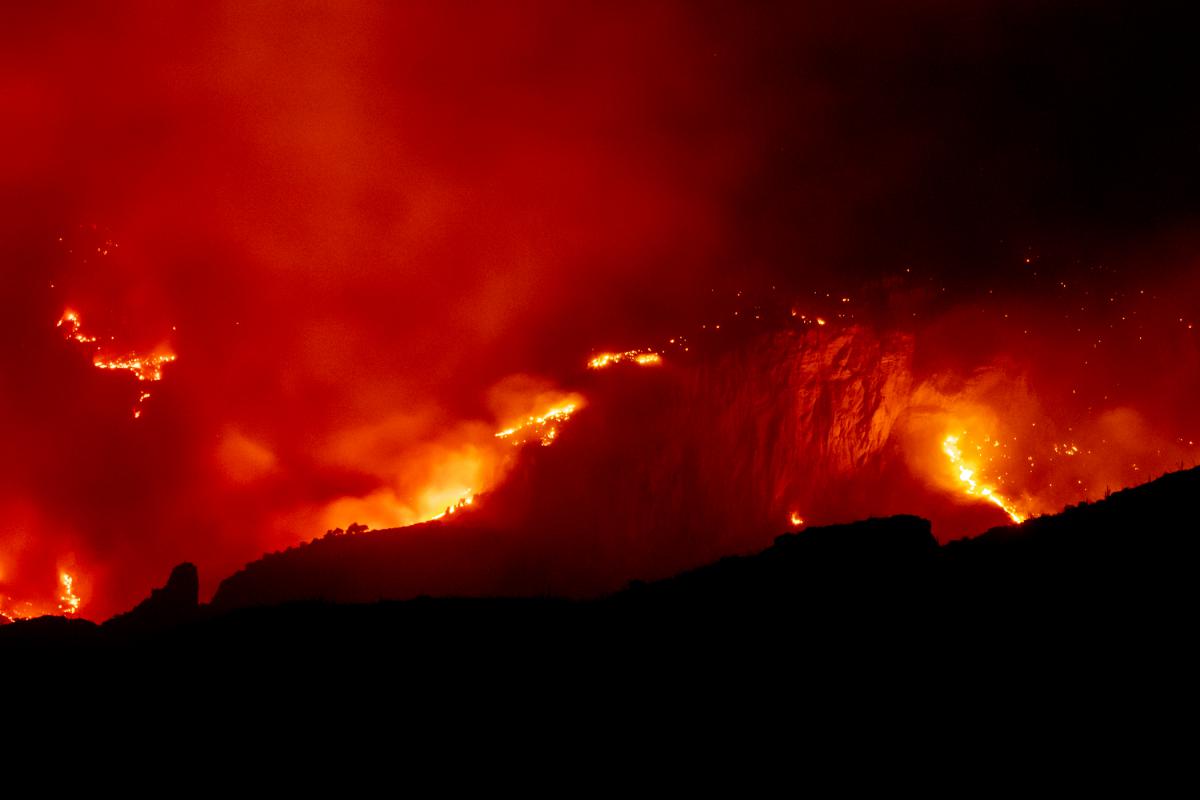Looking toward the future: what?s in store for Mt. Lemmon?
October 2020 Update: Dr. Falk and PhD student Laura Marshall were featured on NPR to provide a brief update on how Mt. Lemmon is looking after this summer's massive fire. Luckily, much of the mountain burned at moderate-to-low severity, and lower elevations were largely spared from the most severe flames. This is good news, since it is the lower elevation Saguaro forests that are not as fire adapted. Meanwhile, the patches that were more severely burned are on a very slow road to recovery. The trees taken by the fire took many decades to grow and develop into the old-growth forests we knew and loved. But fire itself is a normal, cyclical process in these high elevation ecosystems. There are also lots of upsides to the fire: openings for new types of vegetation to colonize and grow, new insects and wildlife, and a new community to watch grow and develop.
"The first thing about change is that we have to think like a forest. We have to think in decades to hundreds of years, not what's going to happen in one year," he said. He said evidence suggests forest ecosystems are going to be very resilient. "But resilience, in some cases, means turning into something different, right? It's not that you're going to have a moonscape. But you may have a different ecosystem," ~ Dr. Don Falk
Click here to view the full article to check out the severity map.
--------------------------------------------------------------------
A lightning strike hit the northwestern side of Mt. Lemmon on June 5, igniting a fire that has now made its way to the southeastern side of the mountain in the past two weeks, consuming more than 81,000 acres of Mt. Lemmon wilderness. Fueled by invasive buffelgrass, the fire spread quickly across the mountain, climbing ridges up to Mt. Lemmon and dropping into canyons on both northern and southern aspects. With much of the mountain engulfed in smoke, many Tucsonans are wondering what Mt. Lemmon will look like post-fire. KGUN9 interviewed SNRE?s Dr. Don Falk, a wildfire expert, for his perspective.
Lower elevation vegetation, like our ancient Saguaro forests, are not as fire-adapted and will be heavily affected by the Bighorn Fire. Higher elevation areas that are more fire-adapted will also see significant change as the ecosystem undergoes succession from early-colonizing species, like grasses, to fast-growing deciduous species. In areas that faced severe fire impact, we may not see the slow-growing, conifer forests again in our lifetimes.
"I'm a very optimistic person and I always want to believe that nature is going to bounce back, but it does happen sometimes that the impacts are so severe that if it's going to recover, it could not happen in our lifetimes." ~Don Falk
Researchers will have a better idea of the magnitude of this fire?s impact once they can assess the burn area to map severity. Areas that experience low-severity fire will endure less damage and may remain relatively intact, whereas areas that experience high-severity fire will likely undergo prolonged ecosystem succession. View the full story here.
Dr. Falk was also featured on AZ Public Media this past weekend to offer further expertise:
?Because of the changes in climate over the last 100 years as well as the accumulation of fuels from the absence of fire, when a fire does happen we get a big one?And it can take a long time for an ecosystem like that to put itself back together.? ~Don Falk
Slideshow and thumbnail photos taken and provided by Dr. Daniel Apai


